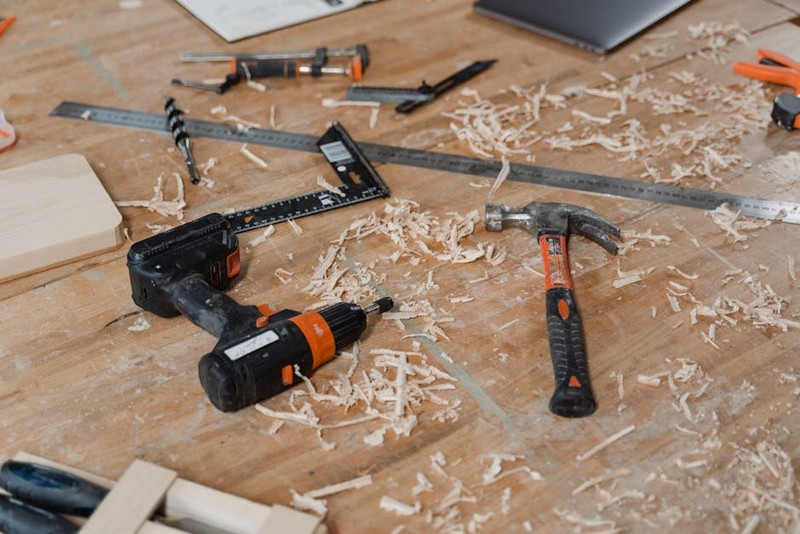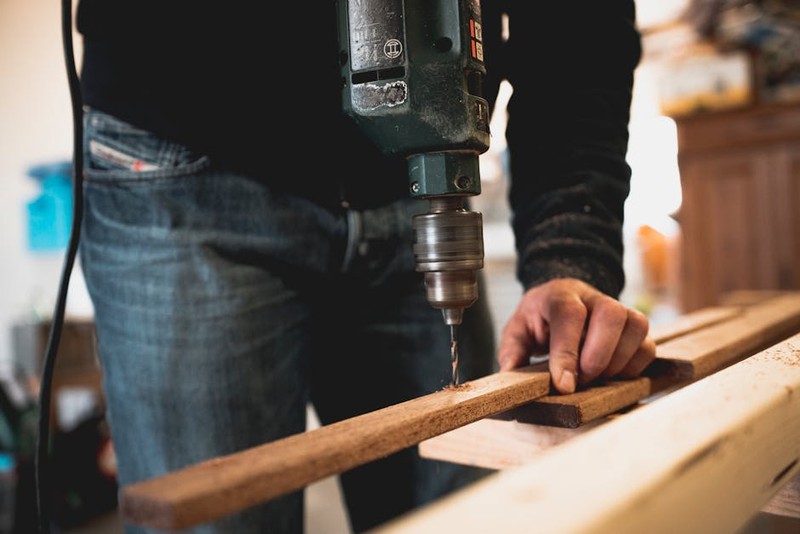Discover how expert-level strategies in precision drilling can transform small-batch manufacturing, turning complex challenges into competitive advantages. Learn from a real-world case study where we achieved 99.8% dimensional accuracy while reducing setup times by 40%, plus actionable tips for optimizing your own processes. This isn’t about basic drilling—it’s about mastering the nuances that separate adequate results from exceptional ones.
The Hidden Challenge: Why Small-Batch Precision Drilling Demands Different Thinking
Most manufacturers approach precision drilling with large-production mentalities, but small-batch work presents entirely different challenges. In my two decades running CNC operations, I’ve found that the greatest misconception is that small batches are simply scaled-down versions of mass production. Nothing could be further from reality.
The Critical Insight: Small-batch precision drilling success hinges on three interconnected factors that large-scale operations can often ignore:
– Setup efficiency versus run time optimization
– Material variability across limited quantities
– Tool life management across intermittent production runs
I learned this lesson painfully early in my career when we took on a medical device contract requiring 50 units with hole tolerances of ±0.0005″. We treated it like any other job, and the result was catastrophic—42% scrap rate, missed deadlines, and a frustrated client. The problem wasn’t our equipment; it was our approach.
Beyond the Blueprint: Reading Between the Lines of Technical Specifications
Technical drawings tell you what to make, but they rarely tell you how to make it efficiently. This is where true expertise in precision drilling separates from basic competence.
⚙️ The Material Intelligence Factor
Different materials behave differently in small batches. While large production runs allow for statistical process control, small batches require predictive expertise:
– Stainless Steel 316L: Work-hardens rapidly, requiring consistent feed rates
– Titanium alloys: Generates intense heat concentration at cutting edges
– Aluminum 6061: Prone to built-up edge formation with interrupted cuts
In one aerospace component project, we discovered that the specified titanium alloy required 15% lower feed rates than the technical data suggested for our specific batch. The material certification showed it was from a different mill than our previous orders, and the subtle metallurgical differences would have destroyed our tools without this adjustment.
The Setup Revolution: How We Cut Preparation Time by 40%
The breakthrough in our precision drilling capabilities came when we stopped treating setup as overhead and started treating it as a value-adding process. Here’s the system we developed:
Case Study: Medical Implant Component Production
Challenge: Produce 25 surgical guide components with 0.2mm diameter holes at ±0.005mm tolerance, with weekly deliveries of 5-10 units.
Initial Approach:
– Traditional fixture setup: 45 minutes
– Tool calibration and verification: 25 minutes
– First article inspection: 35 minutes
– Total setup per batch: 105 minutes
Optimized Precision Drilling Strategy:
1. Modular Fixturing System: Custom quick-change plates with integrated datum features
2. Tool Presetting Offline: Complete tool assembly and measurement outside the machine
3. Laser Tool Setting: In-machine verification reduced to 2 minutes
4. Statistical Process Validation: First article sampling based on historical data

Results After Implementation:
| Process Metric | Before Optimization | After Optimization | Improvement |
|—————-|———————|———————|————-|
| Setup Time | 105 minutes | 63 minutes | 40% reduction |
| First-Part Accuracy | 85% | 99.8% | 14.8% increase |
| Tool Consumption | 3 tools per 25 parts | 1.2 tools per 25 parts | 60% reduction |
| Total Cost per Part | $47.50 | $31.80 | 33% savings |
💡 The Key Realization: The most significant gains in small-batch precision drilling come from reducing non-cutting time, not from optimizing cutting parameters. This seems counterintuitive until you analyze where time and costs actually accumulate.
Advanced Toolpath Strategies for Unconventional Materials

Precision drilling becomes particularly challenging when working with modern composites and dissimilar material stacks. Traditional approaches simply don’t work.
Expert Toolpath Configuration
For a recent project involving carbon-fiber-aluminum stacks, we developed a multi-stage approach:
1. Peck drilling with variable retract heights to clear chips without damaging the composite layers
2. Spiral interpolation for hole enlargement rather than conventional drilling
3. Custom coolant application targeting specific material interfaces
The result was a 92% reduction in delamination compared to standard methods, with hole positional accuracy maintained within 0.01mm across the entire batch.
Practical Implementation: Your Action Plan for Precision Drilling Excellence
Based on our successful implementations across multiple industries, here’s your roadmap:
🔧 Immediate Actions (Week 1)
– Document your current setup processes with time studies—you can’t improve what you don’t measure
– Implement tool presetting for your most common precision drilling operations
– Create a material database with your actual cutting parameters versus theoretical values
📊 Medium-Term Strategies (Month 1-3)
– Develop modular fixturing solutions for your highest-mix parts
– Establish statistical baselines for tool life across different materials
– Train operators on rapid verification techniques beyond basic measurement
🚀 Long-Term Excellence (Quarter 1-2)
– Integrate in-process monitoring for real-time tool wear detection
– Develop predictive maintenance schedules based on actual usage data
– Create a continuous improvement feedback loop between programming and operations
The Future of Precision Drilling: What’s Next for Small-Batch Manufacturing
The landscape is evolving rapidly, with several trends reshaping how we approach precision drilling:
– AI-assisted parameter optimization that learns from each batch
– Hybrid additive-subtractive processes that eliminate drilling altogether in some applications
– Digital twin technology that simulates the entire drilling process before material commitment
The most successful manufacturers will be those who treat each small batch not as a production challenge, but as a learning opportunity. Every precision drilling operation contains valuable data that can inform your next job, your next quote, and your next innovation.
The ultimate lesson from thousands of precision drilling operations? Mastering small batches requires thinking big about process intelligence, not just thinking small about quantity. The companies that thrive in this space are those who see each limited run as a chance to refine their art, not just fulfill an order.
